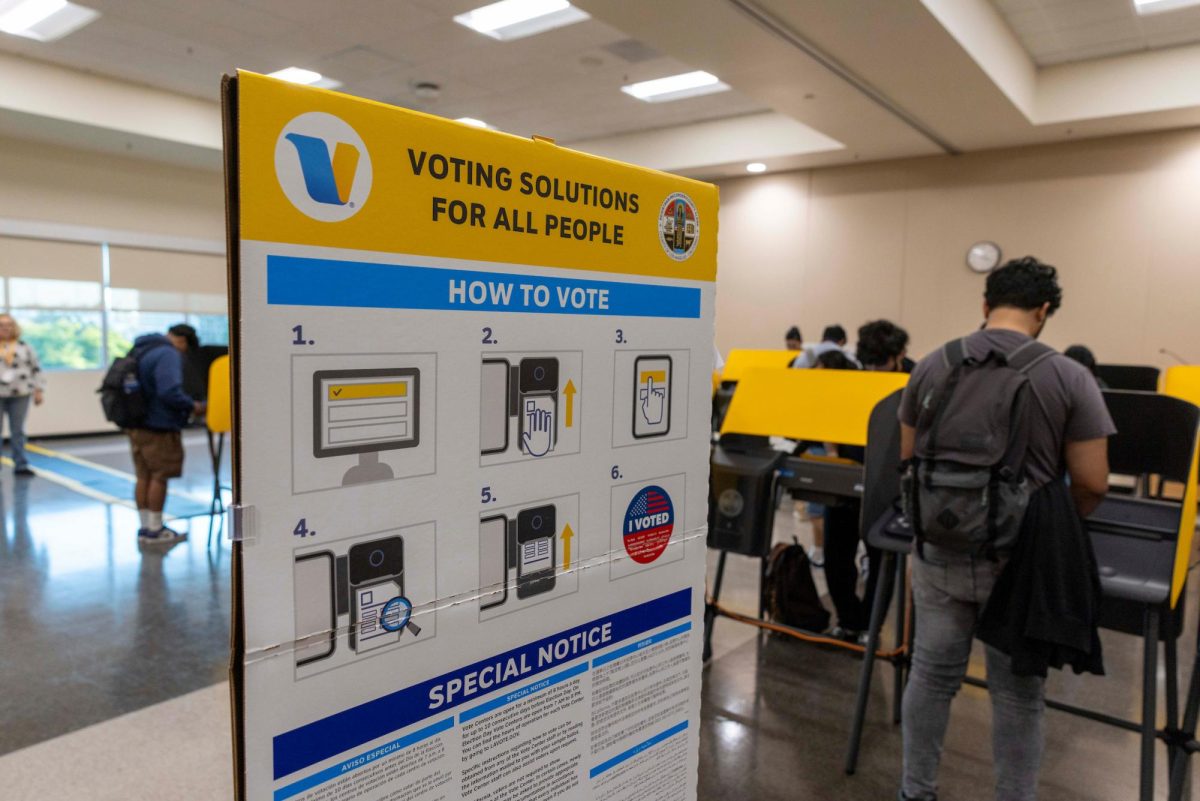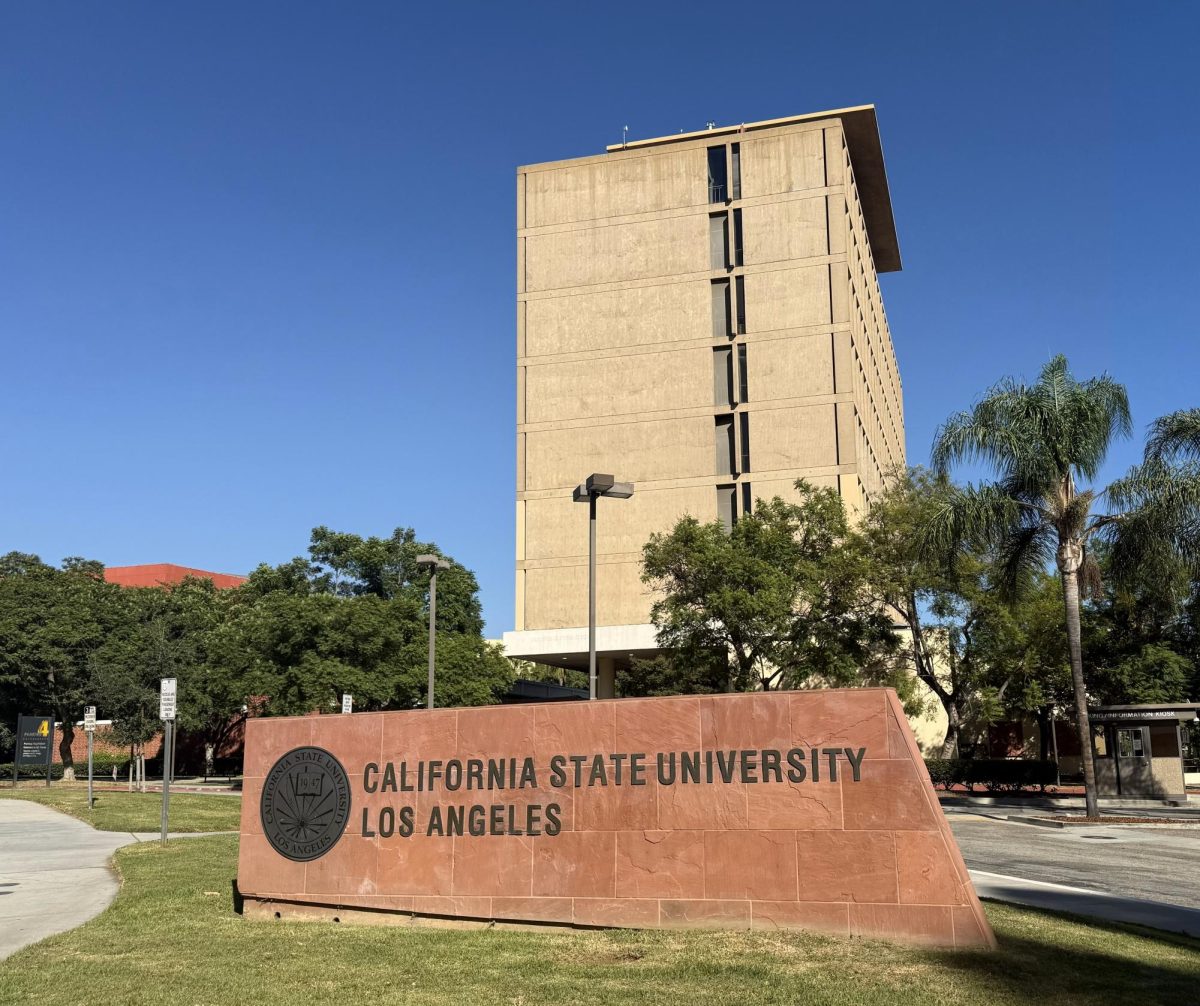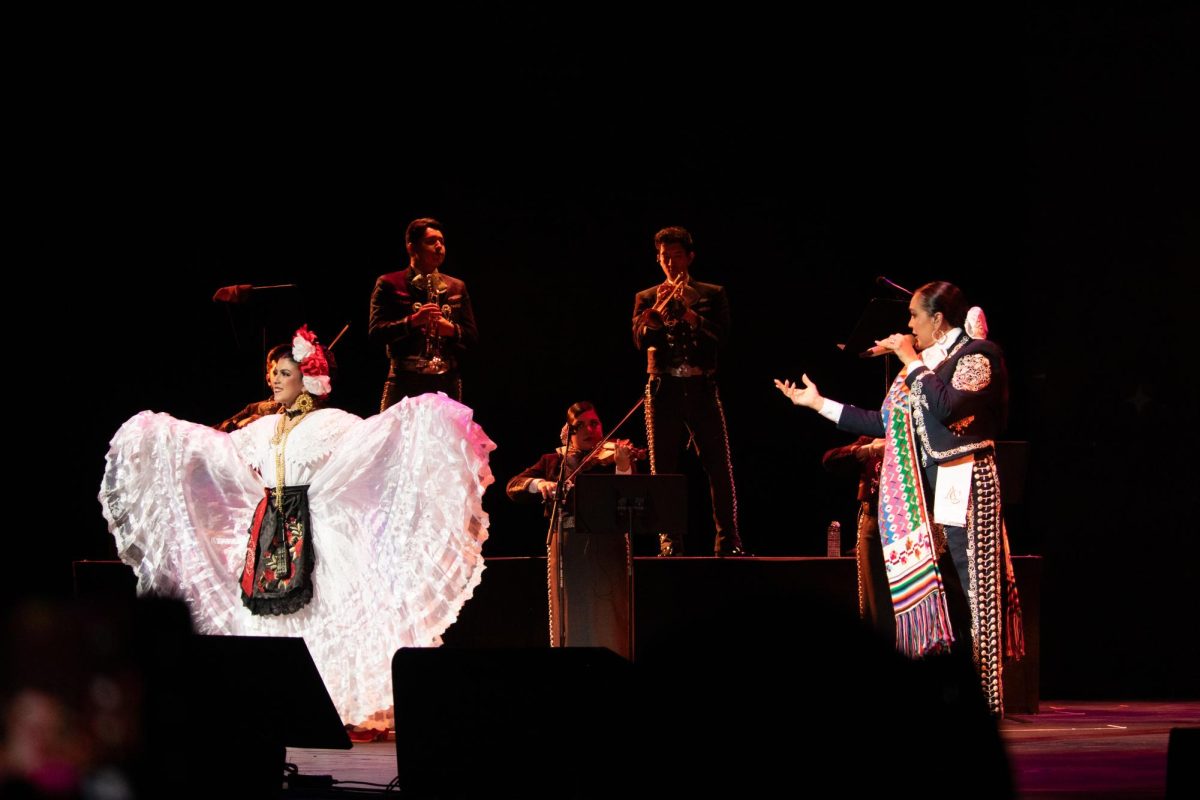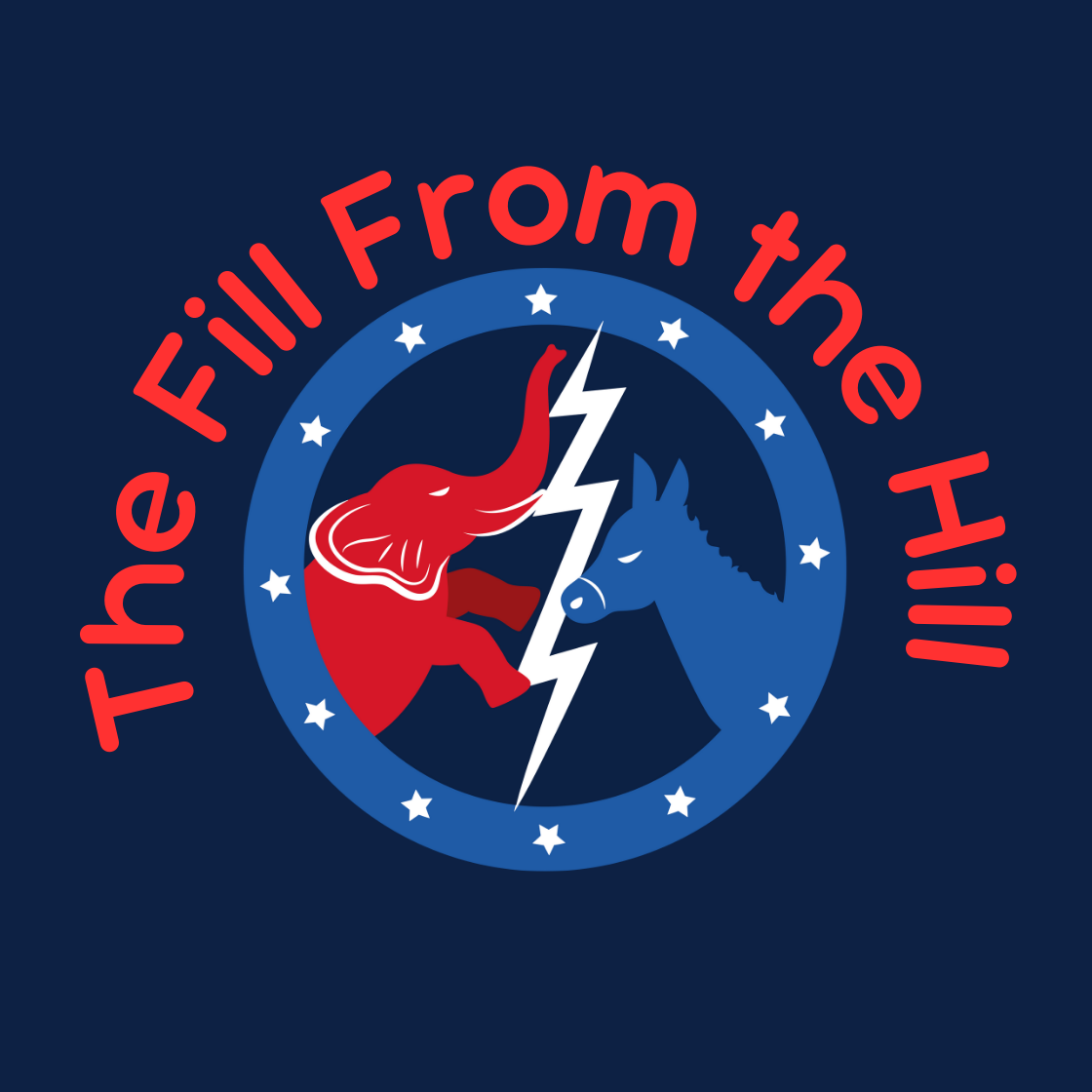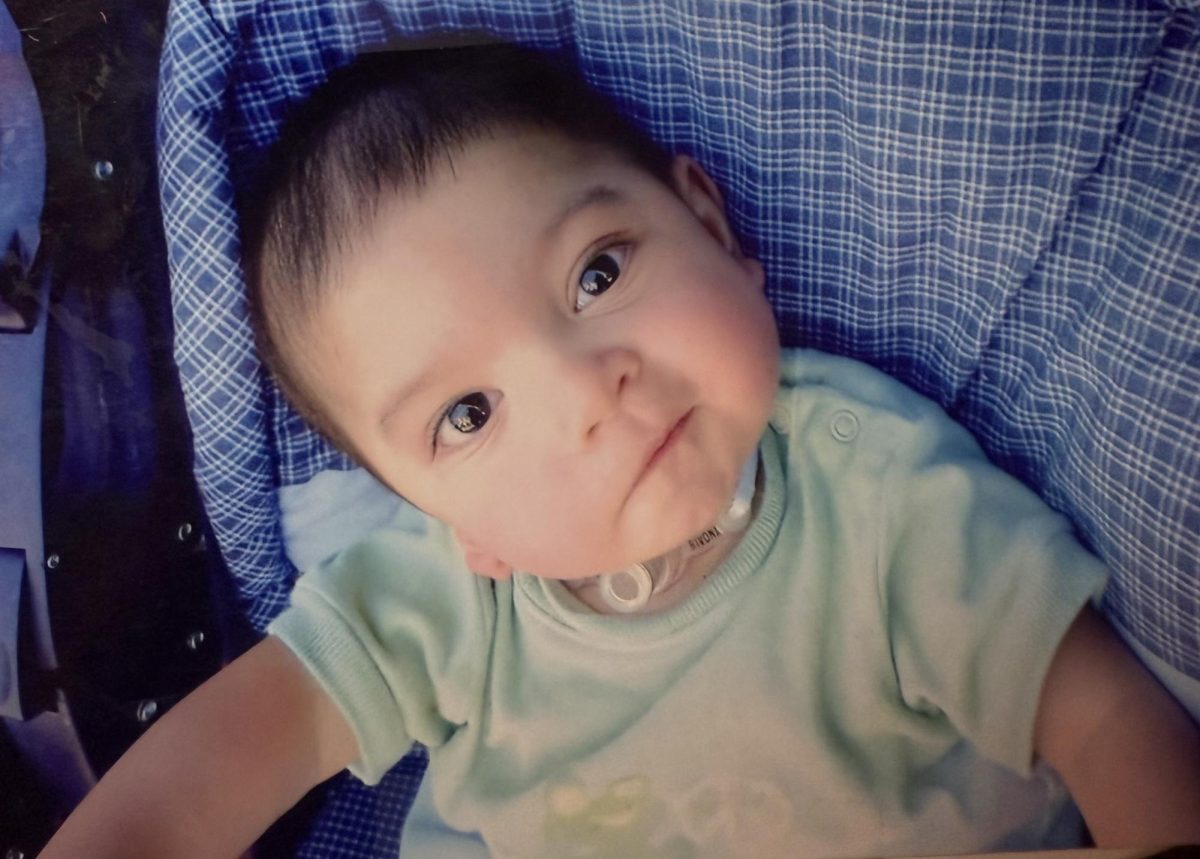Pronouns are used in the English language to replace nouns, but to many, this particular part of speech means much more.
The LGBTQ+ community recognizes the use of personal pronouns as a basic, yet integral part of their identity that display the acceptance and acknowledgement from the community, according to the University of Wisconsin’s LGBT Resource Center. The frequent practice of introducing oneself alongside their pronouns is beginning to be recognized campus-wide here at Cal State LA.
The University-Student Union (U-SU) highlights the personal pronouns of each employee on their name tags.
“I think it helps everyone feel more comfortable or more respected if they have the option to put that instead of people automatically assuming their pronouns,” said Yaritza Rodriguez, an employee at the U-SU.
The school practices other ways to make students feel more inclusive.
Cal State LA has 10 gender neutral bathrooms throughout campus: the La Kretz Building, Library Palmer Wing, Salazar Hall, Simpson Tower and the Theater Arts building.
Housing and Residence Life has also embraced gender diversity. The Resident Assistants (RA) like Victor Ceballos are trained by the Cross Cultural Center (CCC) to build a better dorming experience for everyone.
It is Ceballos’ first year as an RA, though he is quickly establishing an inclusive space for his residents by asking each individual ‘what are your preferred pronouns?’ With this one question, the community is forced to break the boundary of assuming genders.
“Before we start anything, I want to know how I can better respect you,” said Ceballos. Along with the 23 other RAs, Ceballos hopes to provide a transparent home that allows students to grow academically and as a person.
The same mindset of equal treatment for all is also shared by Women’s, Gender, Sexuality Studies (WGSS) professor, Gino Conti.
“Like any other marginalized group, you want to be treated as a person,” said Conti.
Conti explained if there is any question or uncertainty in another’s pronouns, just ask. Conti compares this straightforward method to what to do when not knowing or forgetting someone’s name. This simple answer would be to ask for it.
Grammatically, people identify as a gender, not a pronoun. This means, for example, that a person can identify as male and prefer the pronouns he/him. Gender is a spectrum and includes various corresponding pronouns including he/her and they/them, which are both gender inclusive.
Cal State LA has made great strides towards equality for the LGBTQ+ community, although there is always room for improvement among the mannerisms in which people treat each other. Using preferred pronouns is just the start.





